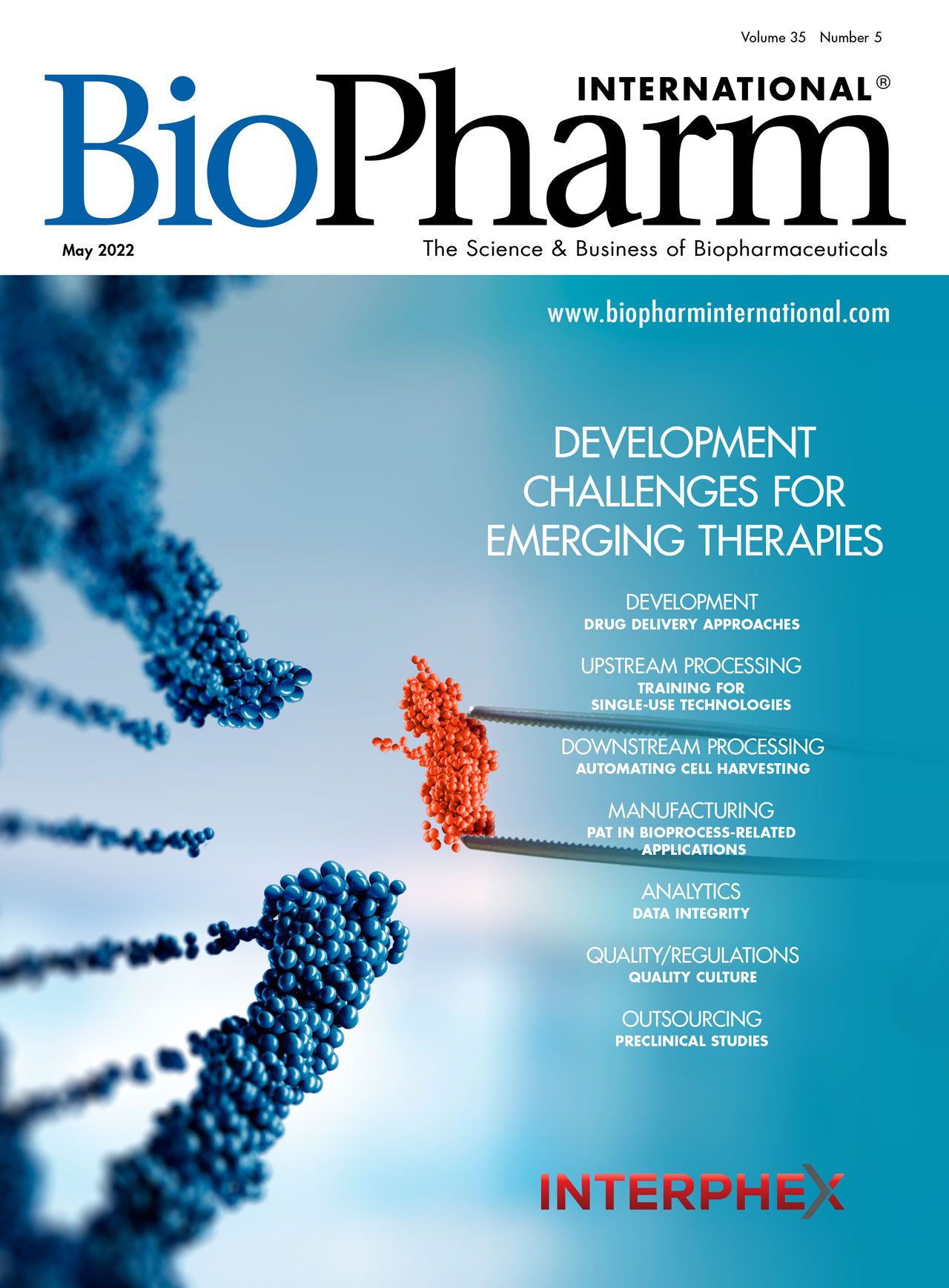Dual Modality and New Analyses
Fresh insight is instrumental in the discussion of novel analytics.
In our March issue, I wrote about the unmet need for faster, more powerful and complete analytics on pharmaceutical development and manufacturing,
which ended with a pledge to discuss new contributions from readers (1). We’ve had some feedback, and I would like to highlight a perspective that came out of a recent article on the insecticide Fipronil. “Almost universally, spectroscopist state Raman and IR [infrared] techniques are complimentary, except virtually everyone uses that statement to say they are equally valuable (i.e., they contain the same information). What if in fact the difference in the IR and Raman spectra itself is a unique fingerprint?” says Walter Schmidt, Research Chemist at USDA-ARS, in conversation about novel analystics.
This kind of insight, borrowing from two well-established workhorse techniques, can lead to fruitful new analyses, in this case particularly for troublesome or difficult-to-resolve structural analogs and in enantiomers (when not present as racemates), which can crop up in the least opportune of situations and times. While this proposed set of “dual modality measurements” may require lengthy time progression to make correct assignments “to discern exactly which vibrational modes are symmetrical and which are asymmetrical (or anti-symmetrical) in a given set of vibrational spectroscopy data … This in turn [in principle] could be a highly specific fingerprint for a particular compound in an otherwise rather complex undifferentiated background spectral signal of ‘noise’,” contends Schmidt. So the importance of a novel technique able to discriminate wavenumber markers for a compound (low in Raman, high in IR, and/or high in Raman, low in IR) in otherwise very difficult to unscramble mixtures of overlapping vibrational modes, could already be at hand.
I’ll let Walter conclude in his own words, “I therefore see gradient temperature Raman spectroscopy [GTRS] as potentially highly valuable in investigating
polymorphism in pharmaceuticals. Normally, such studies require an hour
calibration at each individual temperature, so in a day the maximum number
of unique temperature data sets is 25. In GTRS, applying a weak temperature
gradient of about 1 °C/minute, collecting any range of 100 temperature steps
required only 100 minutes. Data [are] collected not as a function of time, but
when two thermocouples confirm the temperature has increased (e.g., 0.2 °C).
No contest which is more efficient. We typically collect several Mbytes of data
in only one run. The data itself confirms the precise temperature in which a
phase or gel transition is occurring and also collect data just before and just
after that transition. The rest of the time nothing unusual is occurring during
the experiment and the spectra verify that as well. The temperature gradient
is too weak to impact the observed Raman vibrational modes unless phase
or gel transitions are occurring. Spectral vibrational mode assignments are
indistinguishable from those which can be obtained from steady state Raman
experiments taken at individual temperatures.”
I am glad to have sparked a conversation pushing forward a novel approach, hiding in plain sight—unseen until now.
Reference
1. C. Spivey, “Characterizing the Unseen Drama of Analytics,” Pharm Tech
46 (3) (2022)
About the authors
Chris Spivey is the Editorial Director of BioPharm International.
Article details
BioPharm International
Volume 35, Number 5
May 2022
Page: 6
Citation
When referring to this article, please cite it as C. Spivey, “Dual Modality and New Analyses,” BioPharm International 35 (5) (2022).
